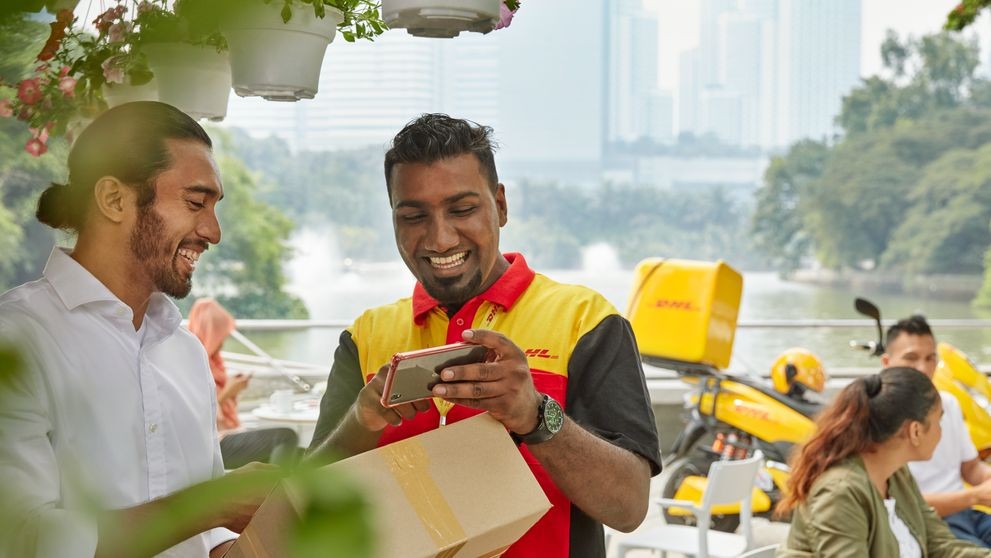Sri Lanka’s e-commerce market is growing rapidly, with Statista projecting the industry’s revenue to increase at a compound annual growth rate (CAGR) of 10.80% from 2025 to 20291. As competition intensifies, customers have more choices—and with more options come higher expectations for service quality and efficient issue resolution.
Even a single negative experience can drive customers away, and unresolved complaints can damage a brand’s reputation. Salesforce’s State of the AI Connected Customer report echoes this sentiment, noting that poor customer service is the second most common reason customers stop buying from a brand2. In such a competitive landscape, effective service recovery has become an important strategy to help businesses restore customers’ trust and even turn dissatisfied buyers into loyal advocates.
What is service recovery?
Service recovery refers to how businesses handle customer complaints and resolve dissatisfaction. It goes beyond simply acknowledging and taking responsibility for an issue to involve active listening, empathy, and clear communication so customers feel heard, valued, and respected.
Why is service recovery important?
When businesses proactively address customer concerns, customers recognize the organization’s commitment to addressing the issue and upholding high service standards. This, in turn, helps businesses restore trust, prevent long-term damage to relationships and even turn negative experiences into positive brand perceptions that strengthen brand loyalty. This phenomenon is known as the service recovery paradox, whereby customers who experience a service failure but receive an excellent recovery response may become more loyal than those who have never encountered an issue.
Beyond customer retention, satisfied customers are also more likely to share positive experiences that can enhance the brand’s reputation and attract new buyers. Meanwhile, engaging with customers during recovery can offer businesses valuable insights into service gaps, helping them improve their overall operations. For these reasons, service recovery is a vital component of business strategy.
Approaches to service recovery
If you’ve decided to implement a service recovery strategy, you can take one of the two approaches: proactive and reactive.
1. Proactive service recovery
Proactive service recovery focuses on preventing issues before they arise. Examples of how e-commerce businesses in Sri Lanka can achieve this are closely monitoring customer interactions and feedback trends and setting up systems to detect early signs of dissatisfaction and potential bottlenecks so they can be addressed before they escalate.
2. Reactive service recovery
Meanwhile, reactive service recovery comes into play when service failures do occur. What it involves is:
- Acknowledging the problem and taking responsibility: Customers appreciate transparency and accountability, and admitting the issue enables them to feel confident in your company’s practices.
- Providing clear, effective solutions promptly: This can involve the use of technology, such as AI chatbots and live chat, to improve response times and enhance resolution efficiency.
Effective service recovery strategies to implement
Regardless of your chosen approach, successful service recovery requires a structured approach to addressing customer concerns and here are some key strategies to strengthen your service recovery efforts.

1. Be proactive
The best service recovery happens before a problem escalates, and examples of how businesses can achieve this include:
- Analyzing customer journeys to identify common pain points.
- Using customer surveys and social media insights to detect dissatisfaction and complaint trends.
- Engage with customers early to prevent service failures.
Despite a company’s best efforts, service failures can still occur. When they do, businesses must take full ownership by offering a prompt and sincere apology alongside a clear resolution plan. Demonstrating accountability reassures customers that their complaints are taken and handled seriously, which helps restore trust.
2. Train employees
Beyond prevention, businesses must ensure their customer service teams are well-equipped to handle difficult situations professionally. Key skills to focus on during training may include:
- Empathetic Communication: Active listening and acknowledging customers’ frustrations can help de-escalate conflicts.
- Problem-Solving Skill: This skill enables customer service teams to provide customers with better solutions.
- Escalation Protocols: Clear guidelines on when and how to escalate complaint cases ensure swift and efficient resolutions.
- Response Guidelines: Structured scripts and guidelines help maintain service quality across all touchpoints and avoid frustrating customers.
3. Deliver thoughtful compensation
Rather than using generic solutions, businesses can also benefit from providing tailored resolutions, which can better align with customer needs to enhance customer satisfaction and strengthen brand loyalty. Besides this, going the extra mile with small, thoughtful gestures demonstrates a genuine commitment to customer care, which can help rebuild trust more effectively.
4. Follow up
After resolving the problem, be sure to follow up with the customer to ensure they are satisfied with the outcome. Doing so shows you genuinely care about their experience and provides an opportunity to address any lingering concerns. However, do keep your team informed about the customer’s case so future interactions can be handled with care without requiring the customer to repeat their issue.
Close the loop in service recovery with reliable logistics
Building a strong reputation takes years, but a single negative experience can drive customers away and undo all the hard work invested in earning their trust. As such, an effective service recovery strategy is now essential for businesses in an increasingly crowded market.
Since customers’ first physical touchpoint with e-commerce firms is often when they receive their parcel, working with a reliable partner to ensure a seamless delivery experience has thus become crucial to proactive service recovery efforts. This is where DHL Express Sri Lanka can fill the gap. With a global delivery network and years of experience offering international shipping solutions, you can count on us for a fuss-free and efficient last-mile delivery.
Ready to elevate your service standards? Take the first step toward excellence by opening a business account with us today.





















